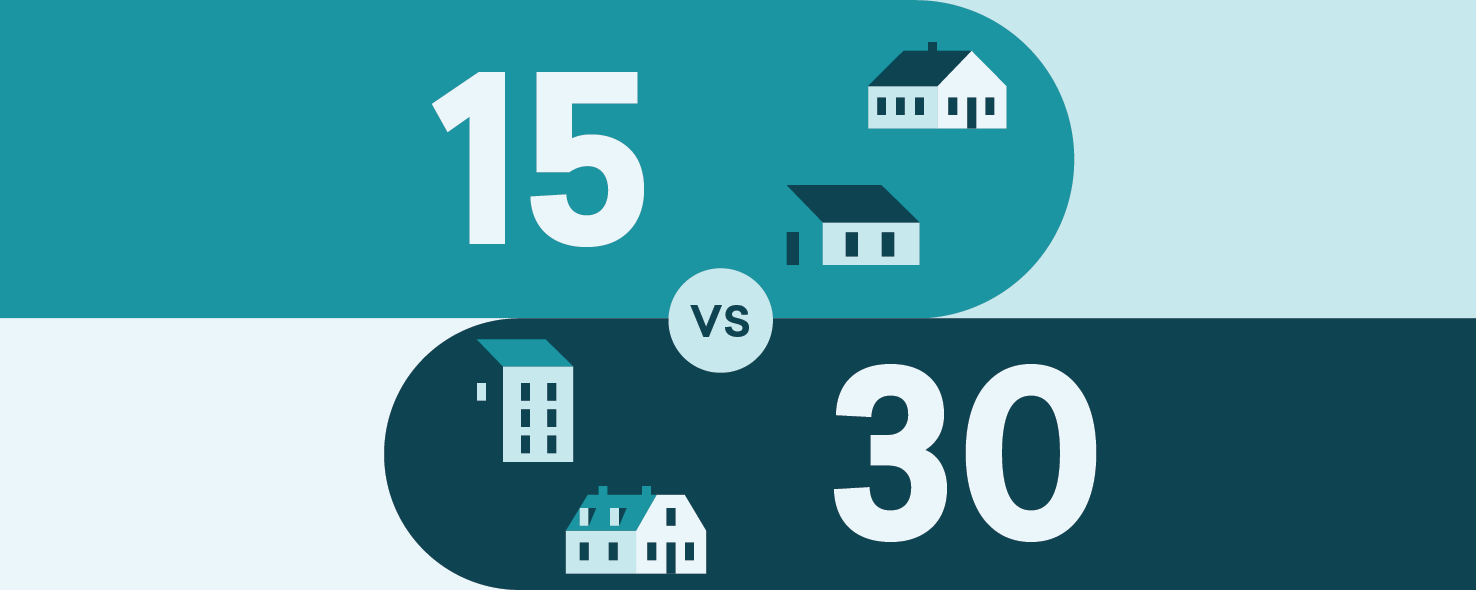The Marquee Loop: The Pros & Cons of a 15-Year vs. 30-Year Mortgage
The Pros and Cons of a 15-Year vs. 30-Year Mortgage
When it comes to financing your home, one of the most significant decisions you’ll make is choosing the term of your mortgage. Two popular options are the 15-year and 30-year mortgages, each with its own set of advantages and disadvantages. In this blog, we’ll explore the pros and cons of these two mortgage terms to help you make an informed decision that aligns with your financial goals.
15-Year Mortgage:
Pros:
- Faster Equity Build-Up: With a 15-year mortgage, you’ll build equity in your home much faster than with a 30-year mortgage. This means you’ll own your home outright in half the time, which can provide a strong sense of financial security.
- Lower Interest Costs: Shorter loan terms typically come with lower interest rates. This means you’ll pay significantly less interest over the life of the loan, saving you a substantial amount of money.
- Interest Tax Deductions: The interest you pay on your mortgage is often tax-deductible, and with a 15-year mortgage, you’ll have more substantial deductions in the early years, potentially reducing your overall tax liability.
- Forced Savings: The higher monthly payments of a 15-year mortgage can act as a forced savings mechanism, helping you build wealth through homeownership.
Cons:
- Higher Monthly Payments: The main drawback of a 15-year mortgage is the higher monthly payments. Since you’re paying off the loan in a shorter time frame, your monthly payments will be significantly larger, which can strain your budget.
- Less Flexibility: The higher monthly payments leave less room in your budget for other financial goals or unexpected expenses. You’ll have less flexibility to invest in other areas.
- Limited Loan Amount: Because of the higher monthly payments, you may qualify for a smaller loan amount with a 15-year mortgage, which could limit your housing options.
30-Year Mortgage:
Pros:
- Lower Monthly Payments: A 30-year mortgage typically comes with lower monthly payments, making homeownership more affordable and allowing you to allocate funds to other investments or expenses.
- Greater Flexibility: Lower monthly payments provide more financial flexibility. You can invest the difference in mortgage payments in other areas, such as retirement accounts or education funds.
- Higher Loan Amount: With lower monthly payments, you may qualify for a larger loan amount, giving you more options when searching for a home.
Cons:
- Higher Total Interest Costs: The most significant drawback of a 30-year mortgage is the higher total interest costs. Over the life of the loan, you’ll pay more in interest compared to a 15-year mortgage.
- Slower Equity Build-Up: Since you’re spreading the loan repayment over a longer period, the rate at which you build equity in your home is slower with a 30-year mortgage.
- Longer Debt Obligation: You’ll have a mortgage debt for a more extended period, which may not align with your desire to become debt-free sooner.
Choosing between a 15-year and 30-year mortgage involves weighing the pros and cons to determine which aligns better with your financial goals and current budget. If you prioritize paying off your home quickly and can comfortably manage the higher monthly payments, a 15-year mortgage may be the right choice. However, if you value financial flexibility and lower monthly obligations, a 30-year mortgage could be a more suitable option. Ultimately, it’s crucial to consult with a mortgage professional and carefully consider your financial circumstances before making your decision.


